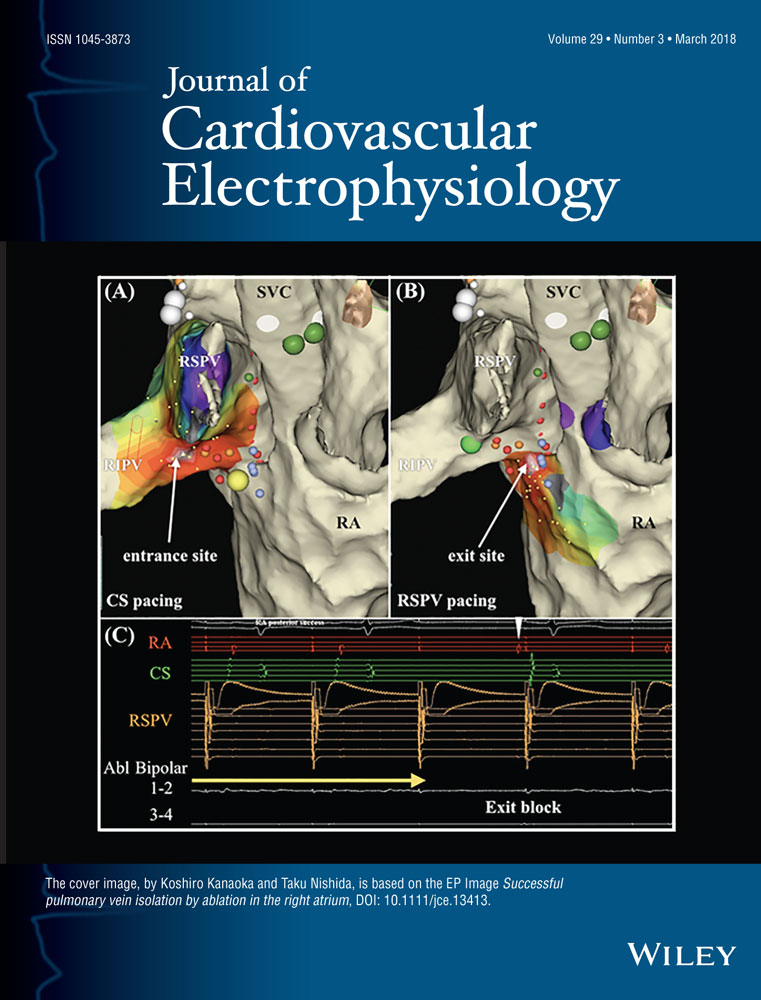Transvenous pacemaker implantation after the bidirectional Glenn operation for patients with complex congenital disease
Section Editor: Samuel J. Asirvatham, MD
Funding information:
J. Moore receives grant funding from Biotronik for unrelated research. Other authors: No disclosures.
Abstract
Introduction
The bidirectional Glenn operation for congenital heart disease produces anatomical constraints to conventional transvenous pacemaker implantation. An iliac approach, although not previously described in this population, is potentially a preferable alternative to a thoracotomy for epicardial pacing.
Methods and results
A single-center retrospective review was performed for all patients that underwent transvenous pacemaker implantation following the bidirectional Glenn operation with partial biventricular repair. Follow-up data, implant indications, and techniques were recorded. Five patients underwent a transvenous iliac approach (median age 26.9 years, interquartile range [IQR] 25.8–27.6). Pacing indications included AV block in 3 patients (2 requiring cardiac resychronization therapy) and sinus node dysfunction in 2. Implanted leads were atrial in 4 and ventricular in 3 (1 of the latter was placed in the coronary sinus). In two cases, transvenous leads were tunneled to a preexisting epicardial abdominal generator. Median follow-up was 4.1 years (range 1.0–16.7 years). One patient underwent device revision for lead position-related groin discomfort; a second patient developed atrial lead failure following a Maze operation and underwent lead replacement by the iliac approach. Patients were not routinely anticoagulated postprocedure given lead position in the subpulmonary circulation. At last follow-up, all patients were alive. One patient underwent heart transplantation 6 months after implant with only partial resolution of pacing-induced cardiomyopathy.
Conclusions
Trans-iliac pacemaker placement may be an effective alternative to surgery for patients requiring permanent pacing after the Glenn operation.




